Your Mortgage is a Blank Canvas
Forget what you thought you knew about qualifying for a mortgage. The reset button has been pressed, the game has changed, and everyone is starting with a clean slate.
The most recent government changes to mortgage qualification through CMHC has really muddied the waters in the mortgage world so to speak. Not only is it harder to qualify for a mortgage now (you will most likely qualify for 20% less), it’s so much harder to understand how mortgages are qualified and what products are actually available to you.
Here is a short list, if you can be described by any of the following situations, we should talk!
- You currently own a home with a mortgage that will be renewing in the two years
- You are a variable rate mortgage holder, considering locking into a fixed rate
- You have been preapoproved for a mortgage in the last year, but your preapproval has expired
- You have been using on online mortgage calculator to see if you qualify for a mortgage, but haven’t spoken with a broker yet
- You have been preapproved at your local bank or credit union
- You want to buy a house, you hear all the hype in the media, and have no idea who to turn to
My name is Luisa Hough, I’m a mortgage advisor with Xeva Mortgage, and I would love to help you better understand your financial situation as it relates to mortgage financing. As a mortgage broker, I work with many lending institutions across Canada, and have access to many different products, products that aren’t available to your average banker. So, instead of simply walking into your local bank branch; where your banker works for the bank, and is limited to the products of a single institution, I work with your best interest in mind and represent you to several institutions.
Customer care is the cornerstone of my business. I am proud to have been named the Mortgage Broker of the Year at the Canadian Mortgage Awards in 2016, I believe this represents the commitment I have to all of my clients.
Contact me right now if you would like to talk about mortgage financing, I’d be more than happy to work with you!
Recent Posts



Contact Me Anytime!
The best way to get ahold of me is to submit through the contact form below. However feel free to give me a shout on the phone as well.




